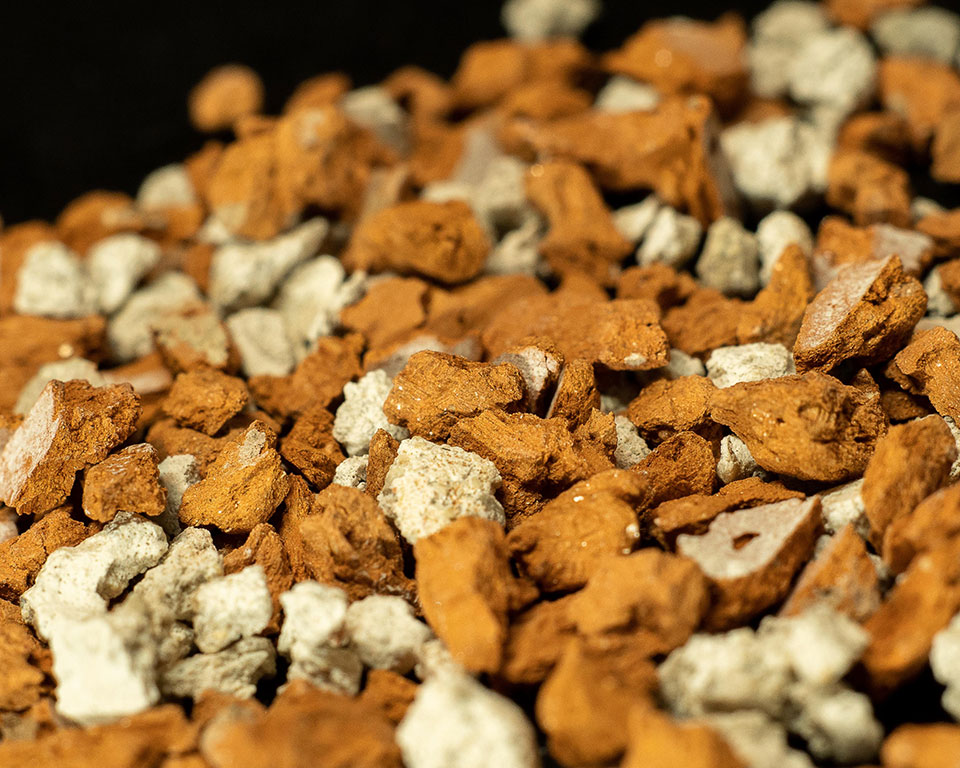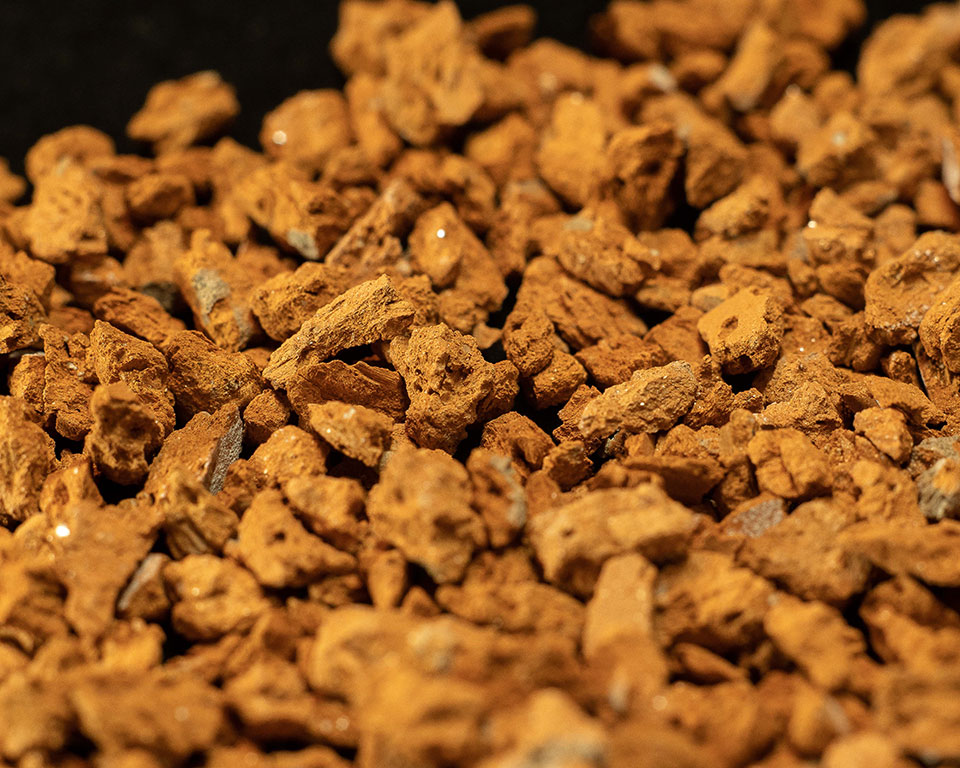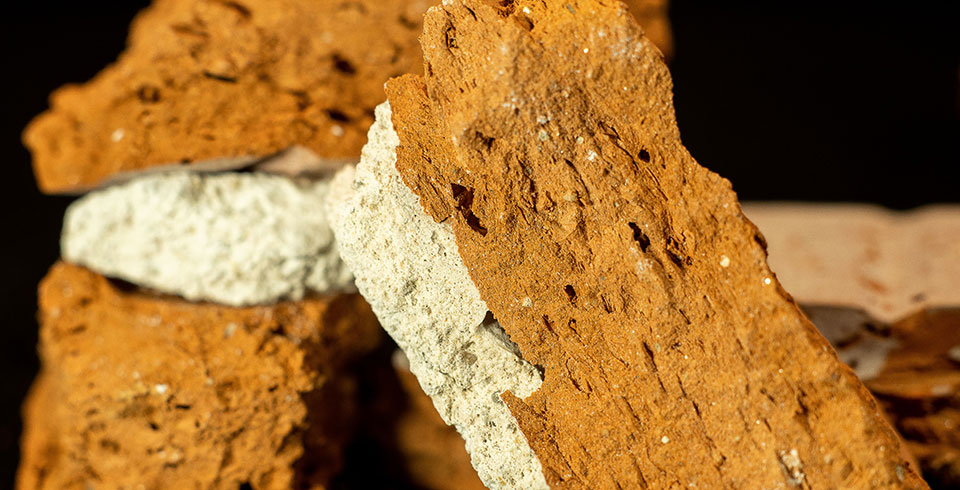Every year, around 60 million tons of building waste is produced in Germany - this corresponds to over 700 kilos of concrete and masonry rubble per capita.



To recycle these huge quantities of mineral residues, Fraunhofer IBP is constantly developing new recycling technologies. In recent years, the focus of work was on processing concrete rubble - high time to start concentrating on masonry rubble!
Most of today’s masonry rubble, i.e. brick fragments with firmly adhering mortar and plaster residues, is mechanically crushed on a large scale and passed on in sub-loops - this is referred to as downcycling. In a work package, Fraunhofer IBP has now succeeded in extracting sorted secondary raw materials from masonry waste, thus demonstrating a genuine recycling process.
How can masonry rubble be fully recycled?
The pre-crushed masonry rubble is first processed by electrodynamic fragmentation (EDF). Under water, ultra-short lightning pulses are repeatedly discharged through the material to separate it - preferably along existing grain and phase boundaries. This removes any adhering mortar and plaster residues from the brick fragments. What is more, the process needs less energy than conventional treatment methods.
The electrodynamic fragmentation results in a mixture of brick and mortar fragments, most of which are in the millimeter to centimeter range. In a second automated step, these fragments are then sorted into their respective materials for reuse in building products. Each particle larger than two millimeters in size is analyzed optically and spectroscopically in real time on a conveyor belt. Consequently, not only can rust-brown brick rubble be separated from gray mortar rubble, but particles particularly rich in gypsum can also be separated.
How can the recycled material be utilized?
The cleanly-sorted brick material obtained is suitable as a secondary raw material so can be used directly to produce new bricks. The mortar fraction can also be recycled by recovering the gypsum it contains with the ENSUBA process (see Fraunhofer IBP Annual Report 2017). The remaining mineral residues can then be used as a cement additive in the cement industry. Thus, in future, around 700 kilos of cleanly-sorted brick material could be extracted from one ton of masonry rubble to make new bricks and serve as a sustainable source of raw materials for the gypsum and cement industries.
To further develop this and comparable processing methods accordingly, in a next step universal test beds for electrodynamic fragmentation and automatic sorting will be installed as soon as possible: in Fraunhofer IBP’s purpose-built research building for recycling building materials. The results of this and other development work by Fraunhofer IBP will help pave new paths to a sustainable future for our society.